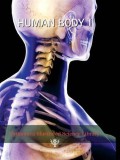
Human Body I
The human body is the structure of a human being. It is composed of many different types of cells that together create tissues and subsequently organ systems. They ensure homeostasis and the viabil…
- Edisi
- -
- ISBN/ISSN
- 978-1-61535-470-2
- Deskripsi Fisik
- 28x22cm;100hlm
- Judul Seri
- -
- No. Panggil
- 571 MIC h
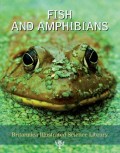
Fish and Amphibians
Amphibians are ectothermic, tetrapod vertebrates of the class Amphibia. All living amphibians belong to the group Lissamphibia. They inhabit a wide variety of habitats, with most species living wit…
- Edisi
- -
- ISBN/ISSN
- 978-1-61535-463-4
- Deskripsi Fisik
- 28x22cm;102hlm
- Judul Seri
- -
- No. Panggil
- 597 MIC f
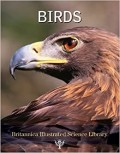
Birds
Burung adalah anggota kelompok hewan bertulang belakang yang memiliki bulu dan sayap. Jenis-jenis burung begitu bervariasi, mulai dari burung kolibri yang kecil dan dapat mengepakkan sayap dengan s…
- Edisi
- -
- ISBN/ISSN
- 978-1-61535-465-8
- Deskripsi Fisik
- 28x22cm;102hlm
- Judul Seri
- -
- No. Panggil
- 598 MIC b
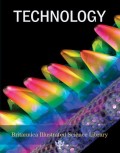
Technology
Technology ("science of craft", from Greek τέχνη, techne, "art, skill, cunning of hand"; and -λογία, -logia[2]) is the sum of any techniques, skills, methods, and processes used in the pr…
- Edisi
- -
- ISBN/ISSN
- 978-1-61535-468-9
- Deskripsi Fisik
- 28x22cm;102hlm
- Judul Seri
- -
- No. Panggil
- 600 MIC t
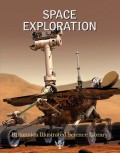
Space Exploration
Space exploration is the use of astronomy and space technology to explore outer space.[1] While the exploration of space is carried out mainly by astronomers with telescopes, its physical explorati…
- Edisi
- -
- ISBN/ISSN
- 978-1-61535-469-6
- Deskripsi Fisik
- 28x22cm;102hlm
- Judul Seri
- -
- No. Panggil
- 622.1 MIC s
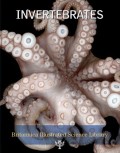
Invertebrates
An invertebrate is a cold-blooded animal with no backbone. Invertebrates can live on land—like insects, spiders, and worms—or in water. Marine invertebrates include crustaceans (such as crabs a…
- Edisi
- -
- ISBN/ISSN
- 978-1-61535-462-7
- Deskripsi Fisik
- 28x22cm;102hlm
- Judul Seri
- -
- No. Panggil
- 592 MIC i
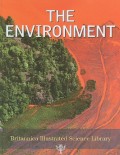
The Environment
environment, the complex of physical, chemical, and biotic factors that act upon an organism or an ecological community and ultimately determine its form and survival. ... The major components of t…
- Edisi
- -
- ISBN/ISSN
- 978-1-61535-474-0
- Deskripsi Fisik
- 28x22cm;102hlm
- Judul Seri
- -
- No. Panggil
- 363.7 MIC t

Energy and Movement
Motion energy is energy stored in the movement of objects. The faster they move, the more energy is stored. It takes energy to get an object moving, and energy is released when an object slows down…
- Edisi
- -
- ISBN/ISSN
- 978-1-61535-467-2
- Deskripsi Fisik
- 28x22cm;102hlm
- Judul Seri
- -
- No. Panggil
- 621.0042 MIC e
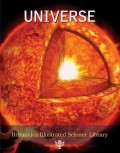
Universe
The universe (Latin: universus) is all of space and time[a] and their contents,[10] including planets, stars, galaxies, and all other forms of matter and energy. The Big Bang theory is the prevaili…
- Edisi
- -
- ISBN/ISSN
- 978-1-61535-457-3
- Deskripsi Fisik
- 28x22cm;102hlm
- Judul Seri
- -
- No. Panggil
- 551.1 MIC u
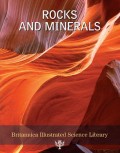
Rock and Minerals
A mineral is a naturally occurring inorganic element or compound having an orderly internal structure and characteristic chemical composition, crystal form, and physical properties. ... A rock is a…
- Edisi
- -
- ISBN/ISSN
- 978-1-61535-458-0
- Deskripsi Fisik
- 28x22cm;102hlm
- Judul Seri
- -
- No. Panggil
- 552 MIC r
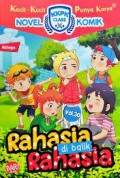


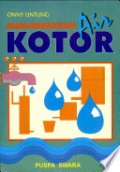
 Computer science, information & general works
Computer science, information & general works
 Philosophy & psychology
Philosophy & psychology
 Religion
Religion
 Social sciences
Social sciences
 Language
Language
 Pure Science
Pure Science
 Applied sciences
Applied sciences
 Arts & recreation
Arts & recreation
 Literature
Literature
 History & geography
History & geography